
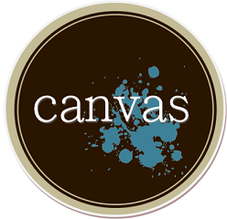


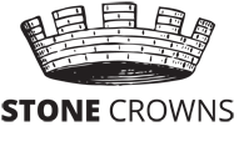



|
Teen Tuesday is back! Each Tuesday features resources for teenage writers. This week, I'll be sharing some markets I previously profiled -- an index of sorts. Happy Writing!         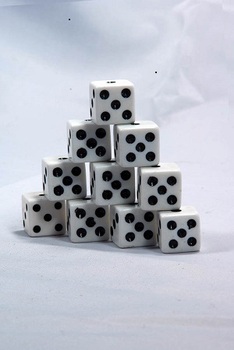 The Friday Five is back. . . kind of! The Friday Five is back. . . kind of! During April, my blog was based on the theme of writing inspiration from the letters A to Z. Now it's almost time to get back to the regular schedule: Teen Tuesday, with writing resources for teen writers, and the Friday Five, with a weekly writing round-up and some guest posts. But part of the A-to-Z process is to include a reflection at the end, so for this week's Friday Five, here are 5 things I've learned from blogging 26 posts in 30 days:
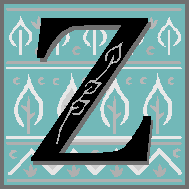 Keeping it short and simple for this last post: "You were born to win, but to be a winner, you must plan to win, prepare to win, and expect to win." --Zig Ziglar Replace "win" with "succeed creatively" and I hope you are inspired to write something wonderful. With the A to Z April Challenge over, I'll return to my regular schedule in May: resources for teenage writers each Tuesday (Teen Tuesday), and a roundups for writers of all ages in the Friday Five. I'll also be posting Pandemic-related news, since my debut novel officially launches May 6th (although it's available now!). There are six days left in the Goodreads giveaway of ten hardcover copies of Pandemic if you'd like to try to win one. If you're interested in my other A to Z posts on writing inspiration, I've created a Pinterest board to keep them all in one place, and you can also use the "A to Z blogging challenge" category on the right. Did you find some amazing new blogs to follow this month? Give a shout out to a fellow A-to-Zer in the comments below. 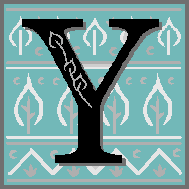 “No” is a powerful, necessary word, because saying no can save us from spending time on unnecessary tasks. John C. Maxwell said, “Learn to say 'no' to the good so you can say 'yes' to the best." But it’s equally important not to say no out of fear. As in, “No, I couldn’t possibly try telling the story that way. No, I am not capable of that. No, [fill-in-the-blank] is way too creatively-scary.” “Yes” can create wonderful possibilities. "If someone offers you an amazing opportunity and you are not sure you can do it, say yes,” Richard Branson said. "Then learn how to do it later." That might feel a little extreme, but I hope for today, you can be empowered and inspired by the word “Yes.” As Joseph Campbell said: “The big question is whether you are going to be able to say a hearty yes to your adventure.” What’s the most recent thing you’ve said to “yes” to that brought about positive results?
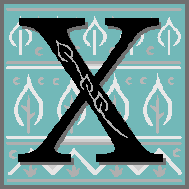 X is for XENOCRYST. According to the New Oxford American Dictionary, xenocryst is a geological term that means "a crystal in an igneous rock that is not derived from the original magma." What does this have to do with writing inspiration, you ask? Think of it as finding the good, shiny bits of your first draft. Your job as a writer is to work through the original magma and find that crystal, the piece that glitters. No first draft is perfect, but finding the very best parts can inspire you to polish the whole manuscript. I'm hoping to be the only "xenocryst" in the A to Z challenge. :) Do you have any metaphors, geological or otherwise, for the creative process? If you want to read about my writing/revision process, continue below. I've been tagged by Mike Mullin and Charlotte Bennardo in the Sucker Literary Magazine Blog Hop. Thank you to Mike and Charlotte for both tagging me in this blog hop. Here’s Mike’s post and Charlotte’s from previous weeks. Mike Mullin is the author of the award-winning Ashfall trilogy. The last book in the trilogy, Sunrise, was just released in April. Kirkus, in a starred review, says: “A story about how hope is earned, as heart-pounding as it is heart-wrenching.” Charlotte Bennardo (together with Natalie Zaman) is the author of Sirenz and Sirenz: Back in Fashion. Their latest project is Blonde OPS, which officially launches next week. Publisher’s Weekly says: “Bennardo and Zaman (the Sirenz books) offer a light mystery filled with fashion tips, entertaining dialogue, a pair of potential romances… and an alluring Roman setting. Now, as part of the blog hop, here are my answers to the four writing process questions: 1) What am I working on? Besides working on publicity for Pandemic (official launch date May 6, but available now!), I’m working on a YA psychological thriller about a girl who fears she is either being haunted or going insane. I started this story years ago, before Pandemic, and I'm excited about its recent evolution. 2) How does my work differ from others of its genre? I’m interested in portraying realistic, contemporary situations. I like the idea of creating scary circumstances in our ordinary world. For example, pandemics are inherently frightening, and my debut novel includes details about how a deadly outbreak could actually play out if it occurred tomorrow. 3) Why do I write what I do? I took a novel class years ago that said to write what you read. A quick glance at my nightstand anwered the question: a big pile of young adult books towered on top of it. I also feel that teens have less tolerance for fluff than adults. You have to tell a good, authentic story in a tight way, which fits my writing style. 4) How does my writing process work? I find the first draft is the hardest; I’m happiest when I have a rough draft to work with. I tend to revise, reread, revise again, share the work with my critique group, then revise again. I like the keep a notebook for brainstorming ideas and tracking plot and character decisions. I also tape pictures and others bits of info into it, so it becomes a physical complement to the computer files. Next week, Shannon Delany continues the blog hop and reveals her answers to these same questions. Shannon is the author of many books, including The WEATHER WITCH series (St. Martin's Press): Book 1: Weather Witch, Book 2: Stormbringer, and Book 3: Thunderstruck, which will be released later this month. Here is the Goodreads description of Thunderstruck: "Jordan, Rowen and the crews of both the Tempest and the Artemesia strike out for Philadelphia to start a revolution aimed at abolishing slavery and changing their stormpowered society to one that runs on previously repressed steam innovations and will allow for true equality. But can Jordan and Rowen come back together after all the things determined to drive them apart?" See you tomorrow for the letter Y, yes?
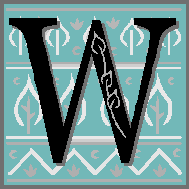 W is for writing prompts. Sometimes a pompt written by someone else can provide the creative spark you need for inspiration. Here are a few sites that offer prompts: Do you have a favorite writing prompt to share or other ideas for becoming inspired? Coming Monday: the letter X (it's a good one!) and a writing process blog hop. 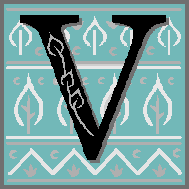 V is for visualization. Successful people often visualize the outcome of a situation before it happens: the game winning goal, the perfect sales presentation. So why shouldn't it work for creative types, too? If you're interested in learning more about the visualization process, check this summary of four basic steps from the book Creative Visualization by Shakti Gawain. Can you visualize the letter Z and celebrating the end of April's blogging challenge? How about a tall stack of manuscript pages fresh off the printer? Maybe a different goal? Please share. 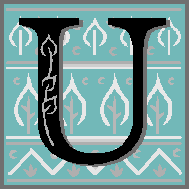 U is for the unwritten, the dreams of the stories we have yet to share. The unwritten is often perfect in our minds, not marred by the flawed execution that will inevitably occur when we try to portray our ideas with words. It's inspiring to imagine what can still be created. Natasha says it best. 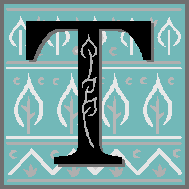 T is for The Tao Te Ching of Lao Tzu. Inspiration can come from all kinds of books, not just traditional writing books. Here is an excerpt from the Brian Browne Walker translation: "Thirty spokes meet at a hollowed-out hub; the wheel won't work without its hole. A vessel is moulded from solid clay; its inner emptiness makes it useful."  ISBN13: 9780982599303 ISBN13: 9780982599303 In writing, as in martial arts kata and public speaking, its often the empty spaces--the pauses--that count. Do you have any favorite non-writing books that inspire your creative writing? 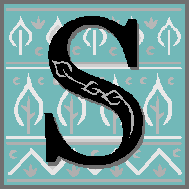 S is for the Society of Children's Writers and Illustrators (SCBWI). If you write for children through young adults, this is an amazing organization. At the national level, they have a website filled with useful resources, and they offer two conferences a year (LA in the summer, NYC in winter). Verla Kay's BlueBoard has recently migrated to the SCBWI site, providing another place to find information and even critique partners. 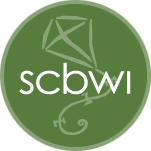 Each regional chapter varies, but it's safe to say you'll find like-minded people to inspire you and your creative efforts. The NJ chapter offers a great conference in June. You can find more details here. Do you belong to SCBWI or other organizations that inspire you? |
JOIN NOW!
Sign up for Yvonne's newsletter for exclusive content, book news, and other occasional author goodies. Archives
March 2025
Categories
All
|